Graphics Reference
In-Depth Information
Figure 5.6.
Neighborhoods corresponding to the anisotropic diffusion tensor with
β
=
0.25 at
different points in an image. The major and minor axes of each ellipse are aligned with the
tensor's eigenvectors andweighted by the corresponding eigenvalues. Flat neighborhoods result
in nearly circular smoothing regions while edge-like neighborhoods result in ellipses that indicate
smoothing along, but not across, image edges.
5.3.3.3 Robust Cost Functions
Horn and Schunck's original formulation penalized deviation from the brightness
constancy and smoothness assumptions using quadratic functions in the respective
terms. However, it's well known that quadratic functions are extremely sensitive to
noise; for example, an incorrect estimate in one of the gradient computations can
have a disproportionate effect on the optical flow field, pulling the solution far away
from the correct answer.
Black and Anandan [
48
] were the first to propose the use of
robust estimation
methods for optical flow. The idea is to replace the quadratic function in the data
termwith the function
∂
x
,
y
ρ
I
+
∂
I
+
∂
I
E
data
(
u
,
v
)
=
x
u
y
v
(5.31)
∂
∂
∂
t
where
is a general penalty function. When the error in
z
is normally distributed,
then the optimal penalty function (i.e., the one that results in the maximum likeli-
hood estimate of the parameters) is
ρ(
z
)
z
2
, which gives the original Horn-Schunck
data term. However, if the values of
z
are expected to contain outliers (i.e., the distri-
bution of
z
is heavy tailed), then we want to choose
ρ(
z
)
=
to reduce the weight of these
outliers. Table
5.1
defines and illustrates several robust penalty functions with this
property commonly used for optical flow, including the Lorentzian, Charbonnier,
and Generalized Charbonnier functions.
An appealing property satisfied by the Lorentzian penalty function is that the
derivative of
ρ
ρ(
z
)
is
redescending
; that is, it initially increases in magnitude from 0
as
|
z
|
grows, but drops back to 0 for large
|
z
|
. On the other hand, the Charbonnier
|
|
|
|
penalty function is nearly equal to
z
, but unlike
z
is differentiable at 0. That is, it is
a differentiable approximation to the
L
1
norm.




